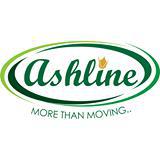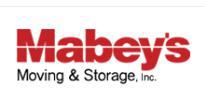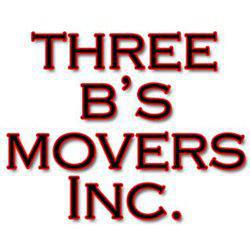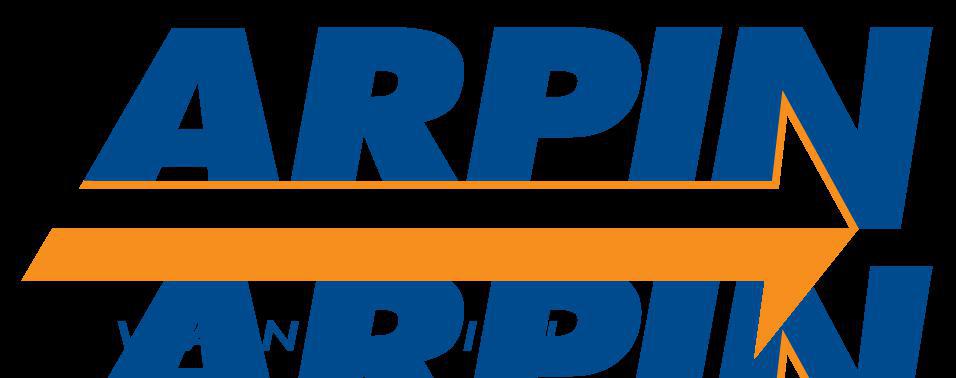Vermont Movers Top Rated
(888) 787-781327 Movers in Vermont
Page 1/2
Find Successful Moving Companies in Vermont
What is the most important part of finding the best Vermont moving companies? Discount relocation rates and moving tips will take some tension out of your move, but reading interstate Vermont moving reviews is crucial. A cross country mover can locate a state to state moving company from our list of Vermont interstate movers. For moves within Vermont, don't shy away from reading local moving company reviews. They will be your greatest resource in finding your best Vermont movers. Let Moving Authority give you a free moving quote. You can find the best Vermont priced movers when you have an accurate Vermont movers cost estimate. Moving companies Vermont are here for you.
In the search for an American moving company, you need to know what level of service you require. You'll need to know which Vermont long distance movers can give their customers the best car transport in Vermont. Also, you need to find out which local movers or self-service movers can be trusted to move your furniture. To answer these questions, look no further than Moving Authority. We have Vermont moving company reviews and free moving estimates to help you make a decision. Use our free online quote generator to plan a moving cost estimate for top movers Vermont today!
4 Regular Items You Wouldn't Believe You Can't have in vermont moving and storage
- House plants. These are living things, so it is strictly prohibited to transport them in a moving truck.
- Cleaning supplies. Due to their potentially corrosive nature, cleaning supplies must be hand-carried and not packed inside a moving truck.
- Any type of food. Food is not a hazard, per se, but it is a hygiene concern. Food can spoil during transit, which can be a mess at best and attract vermin at worst.
- Batteries. Even run-of-the-mill household batteries can ignite a flame if they are positioned incorrectly. For this reason, they are forbidden inside moving trucks.
4 Ways Vermont Will Take Your Breath Away
- The foliage. It’s such a shocker that fall in New England is beautiful, but the colors of the changing leaves in Vermont every autumn is otherworldly.
- Lake Champlain. Lapping the shoreline of Burlington, VT, this vast and seemingly endless lake provides a seaside feel to the only New England state without access to the Atlantic Ocean.
- The cheese. The state of Vermont doesn’t merely like cheese; the state of Vermont lives for cheese. World-renowned for having countless types of artisanal cheeses, you’re sure to find a new favorite here.
- Progressive thinking. From something as small as banning roadside advertisements to being the first state to legalize same-sex marriage, Vermont’s commitment to improving the lives of its residents is heartfelt and honorable.
Tour Burlington, VT Like a Food and Drink Expert—All In One Day
- Uncommon Grounds — This coffee shop and bakery are perfect for breakfast when it’s cold and foggy out.
- Cheese & Wine Traders — Make sure to come here when you want to stock up on snacks before spending a day outside in the lovely Vermont nature.
- Drifter’s Cafe and Bar — This cozy, low-key dining spot will have you full in no time, and wanting to come back for more. With local brews on tap, you’re sure to get a taste of what Vermont has to offer.
- Ben & Jerry’s — Check out the heart of where this ice cream empire began, and close out your day with a treat at this local-turned-international spot.
The 4 Types of Moving in Vermont, Demystified
- Residential. When you are moving between places to live, this is called a residential move which generally entails local moving services.
- Commercial. If you are moving your business, this is a commercial move.
- Long Distance. Any move that extends out of the local area—be it across the state or across the nation—constitutes a
long distance move. - International. If your new location crosses country borders or even an ocean, you’re looking at an international move.
Movers By City in Vermont
Do you know?

- A moving company, removalist, or van line are all companies that help people as well as other businesses to move their goods from one place to another. With many inclusive services for relocation like packing, loading, moving, unloading, unpacking and arranging of items can all be taken care of for you. Some services may include cleaning the place and have warehousing facilities.
- According to the U.S. Census Bureau, 40 million United States citizens have moved annually over the last decade. Of those people who have moved in the United States, 84.5% of them have moved within their own state, 12.5% have moved to another state, and 2.3% have moved to another country.
- In the United States and Canada, the cost for long-distance moves is generally determined by a few factors. The first is the weight of the items to be moved and the distance it will go. Cost is also based on how quickly the items are to be moved, as well as the time of the year or month which the move occurs. In the United Kingdom and Australia, it's quite different. They base price on the volume of the items as opposed to their weight. Keep in mind some movers may offer flat rate pricing.
- Many people are familiar with this type of moving, using truck rental services, or borrowing similar hardware, is known as DIY moving. Whoever is renting a truck or trailer large enough to carry their household goods may obtain moving equipment if necessary. Equipment may be items such as dollies, furniture pads, and cargo belts to protect furniture and to ease the moving process.
- As most people have experienced, moving does involve having the appropriate materials. Some materials you might find at home or may be more resourceful to save money while others may choose to pay for everything. Either way materials such as boxes, paper, tape, and bubble wrap with which to pack box-able and/or protect fragile household goods. It is also used to consolidate the carrying and stacking on moving day. Self-service moving companies offer another viable option. It involves the person moving buying a space on one or more trailers or shipping containers. These containers are then professionally driven to the new location.
- There many reasons for moving, each one with a unique and specific reason as to why. Relocation services, employee relocation, or workforce mobility can create a range of processes. This process of transferring employees, their families, and/or entire departments of a business to a new location can be difficult. Like some types of employee benefits, these matters are dealt with by human resources specialists within a corporation.














